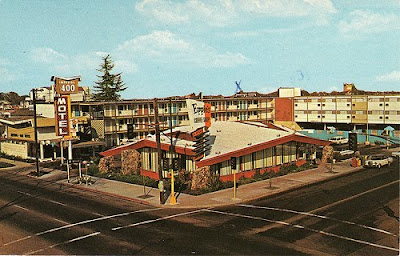I recently enjoyed going to the Sacramento Room of the Sacramento Central Public Library to research various homes and buildings in our neighborhood. One great way to find out more about the history of your home or a particular building is to consult the City Directories in your area.
While the old City Directories bear some resemblance to the phone books we receive once a year these days, they appear to be much more useful. Listings were available by name, address and phone number -- perfect for retrospectively cross-referencing with other documents for research purposes. Per the 1956 Sacramento City Directory:
"When you want to know:
-- where a person lives.
-- what his occupation is.
-- who lives at a certain number on a street.
-- where a street is located.
-- the correct spelling of a name.
-- the officers of a corporation.
-- the partners in a firm;
-- the solution to any of scores of problems that pop up unexpectedly to annoy and baffle you.
-- your can quickly find the answer in the City Directory."
In addition to being extremely informative, they also contain cool vintage advertisements. Surprisingly, some of these businesses are still around today -- and then there are others we wish still were!
As you can see they even used the old cool telephone exchange names back then. You know -- as an PEnnsylvania 6-5000?




























